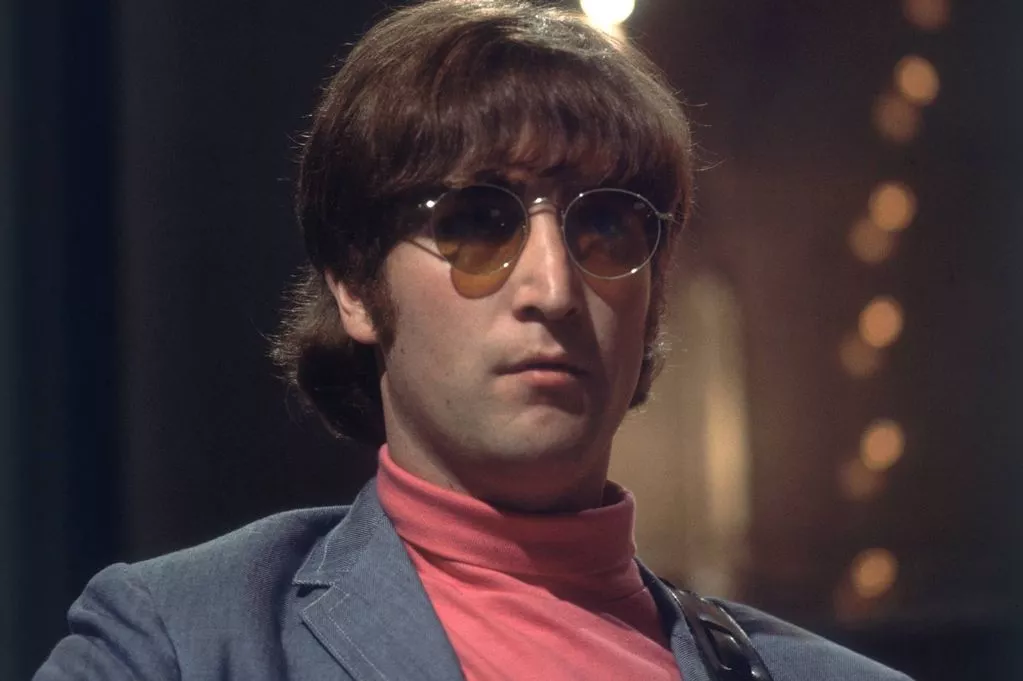The Beatles were no strangers to controversy, and in 1966, they found themselves at the center of one of their most infamous public firestorms. That year, John Lennon made a comment during an interview that would ignite a wave of backlash across the United States and beyond. His statement that The Beatles were “more popular than Jesus” triggered outrage among conservative Christian groups, radio stations, and even politicians. Bonfires were organized to burn Beatles records, and the group’s safety became a concern during their final U.S. tour. The intensity of the backlash played a significant role in The Beatles’ decision to stop touring altogether by the end of 1966.
However, Lennon’s controversial remarks were not the only time The Beatles stirred public and media outcry. One of their songs faced censorship due to its lyrics—a decision Lennon later dismissed as absurd. The song in question was “Lucy in the Sky with Diamonds,” from their groundbreaking 1967 album Sgt. Pepper’s Lonely Hearts Club Band. Almost immediately after its release, the track drew suspicion and scrutiny, primarily because of its initials: L-S-D.
At the height of the 1960s counterculture movement, LSD was making headlines as a potent psychedelic drug, both celebrated and vilified. Many assumed that The Beatles, who were known to experiment with mind-expanding substances during that period, had written “Lucy in the Sky with Diamonds” as an overt reference to LSD. Several radio stations across the UK and the U.S. banned the song, claiming it promoted drug use.
John Lennon, however, maintained that the interpretation was nothing more than a coincidence. According to him, the inspiration for the song came from a simple drawing his young son, Julian Lennon, had brought home from school. The child’s crayon sketch depicted his classmate, Lucy O’Donnell, floating in the sky surrounded by fantastical imagery. When Lennon asked Julian about the drawing, his son replied, “That’s Lucy in the sky with diamonds.” Lennon insisted that the phrase stuck with him and eventually became the foundation for the song’s lyrics.
Despite Lennon’s repeated explanations, rumors persisted that “Lucy in the Sky with Diamonds” was a hidden nod to LSD. The surreal imagery in the lyrics—“kaleidoscope eyes” and “cellophane flowers”—only fueled the speculation. Lennon, for his part, dismissed the drug-related accusations as ridiculous, calling the ban “crazy” and pointing out that not every song with vivid imagery was about narcotics.
Paul McCartney later admitted that the band was indeed experimenting with psychedelic experiences during that era, but he stood by Lennon’s account of the song’s origins. Whether the public believed them or not, the controversy surrounding “Lucy in the Sky with Diamonds” became another example of how The Beatles constantly challenged societal norms and provoked debates about art, culture, and censorship.
In hindsight, the banning of the song seems almost comical—a reflection of the era’s anxieties more than the intentions of the band. But the moment also highlights how The Beatles’ music regularly pushed boundaries, forcing listeners and authorities to question their assumptions about rock and roll.

